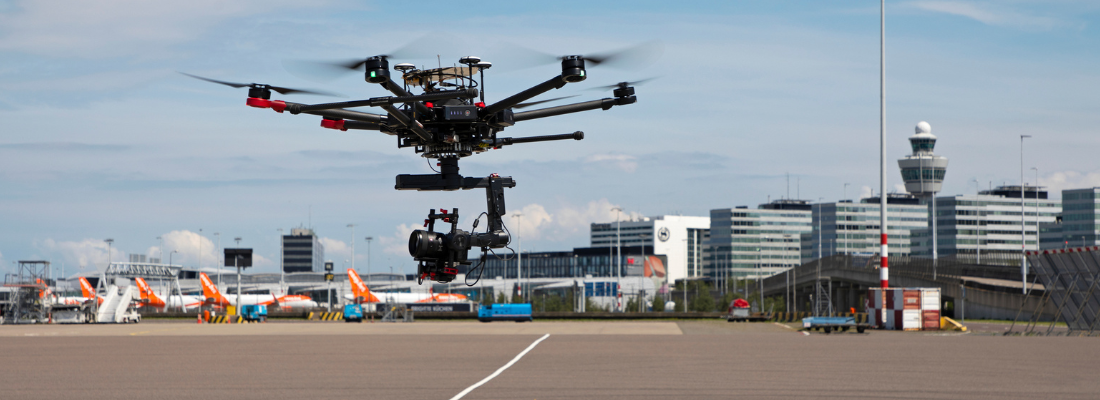Royal Schiphol Group continues its investment in innovation, technology and new solutions to create smart, future-proof ground handling processes. Rosina Kotey, Innovation Lead, Royal Schiphol Group, spoke to ADW about the airport group’s new vision to operate fully autonomous and sustainable airports by 2050.
Royal Schiphol Group has laid out a future-looking vision to create a fully autonomous airport by 2050. In line with these ambitions, last year the airport group launched its new ‘Autonomous Airside Operations’ programme, which will see all airside vehicles be replaced by an interconnected fleet of autonomous, emission-free vehicles and all associated processes will be automated. “In order to improve our quality of network, life and service, this is one of the strategies that we need to take”, Kotey says. “Having autonomous air side operations will allow us to impact not only the safety circumstances, but also working conditions, operational excellence, customer experience and the capacity. So we use this as a way to increase and improve our ambition and our qualities.”
Ambitious
Kotey realizes that the programme is ambitious. “It is very ambitious, especially regarding the conservative aviation industry that we are a part of. But I think the Wright brothers were also very ambitious and they pulled it off. So I do have faith that we will be able to make the transformation towards a more sustainable and quality airport when we put our collaborative efforts to it. But yes, there are big challenges to tackle with the entire sector. But the technology is here. We see a great potential for the aviation sector, so we have to step up as an ecosystem. So we have to step up as a sector.”
One of the challenges Kotey sees is regulatory issues. “They are a big one because anything that is in connection to an aircraft or near the aircraft has to be certified, and those processes take a long time. In some cases years, not months. So you really have to strategize and plan accordingly. And another challenge is the state of the technology and the fact that we are going to have a hybrid situation for some time. Because we cannot close down the airports for a couple of months, rebuild and then pop up fully autonomous airside operations. The business has to keep running while we implement. So it's going to be step by step. Humans and robots interacting with each other is another big one.
Drones
Autonomous
air side operations is one thing, urban air mobility will be the next step,
Kotey believes. “Schiphol has a vision also on the multimodal hub. As part of
that vision, urban mobility plays a big role in that. Within the autonomous air
side operations vision we also see a role for drones and urban mobility. Think
of inspection use cases, but also delivery use cases. But most mostly, we
foresee that we can increase the quality of operations with the use of drones.”
Stay up to date on the latest Innovative Air Mobility development
Visit Amsterdam Drone Week for the up-and-coming events.






